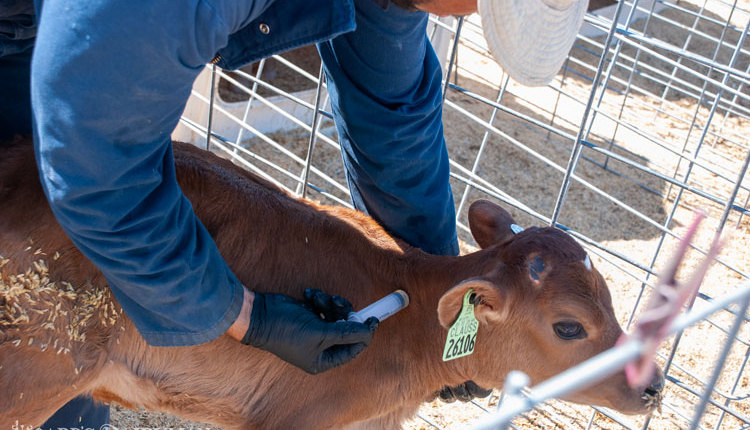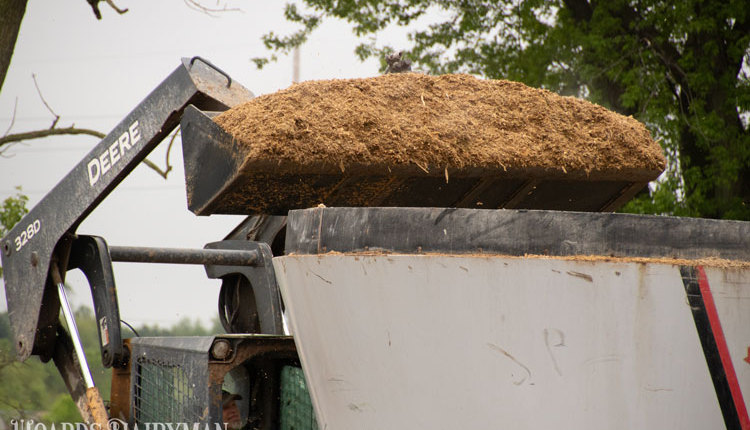Children start out as avid milk drinkers. Then consumption plunges as youth approach their teen years and flock to other beverages. While many reasons could be at play, we can't help but think packaging deserves some blame. That doesn't need to be the case.
School milk programs afford us a unique opportunity to build relationships with life-long consumers. Many other agricultural commodity groups would give anything to be afforded such a priceless encounter each day. However, we continue to give our most avid milk drinkers hard-to-open packages which can be more susceptible to off-flavors than plastic resealable counterparts. So much for customer service.
Just how prevalent are paper cartons? In California, our nation's most populous state, 8.2 percent of all milk is sold in half-pint paper cartons destined for school children. The needle hasn't moved much on the category's delivery methods in statewide or national data.
On the other hand, the statistics on improved sales with plastic resealable packages over paper cartons cannot be denied. In partnerships nurtured by Dairy Management Inc., and the Milk Processor Education Program, restaurant giants like McDonald's now offer single-serve plastic half-pint milk as the principle beverage option in meals designed for children. As a result, McDonald's now sells more milk than ever in its U.S. franchises.
Maryland and Virginia Milk Producers' Co-op Association also provides a healthy example having converted two of its fluid plants to plastic single-serve packaging 10 years ago as a part of a school milk test pilot program. The result? Single-serve sales nearly doubled for their two key brands.
We realize shuttering equipment that fills paper cartons might be easier said than done. Fluid milk, especially when filling school contracts, continues to be a low-margin business. The troubles of the Golden Guernsey fluid plant in Waukesha, Wis., fully illustrates that point. To ease the financial outlays, processors could come together and develop a phase-out plan to idle machines packaging milk in old school paper cartons over a 10-year window.
Ultimately, our industry must decide if we are going to continue to pinch pennies or invest necessary resources to cultivate life-long milk drinkers as we fill school milk orders. With a 70-pound per capita free fall in fluid milk consumption over the past four decades, our current course still has us lost at sea.
School milk programs afford us a unique opportunity to build relationships with life-long consumers. Many other agricultural commodity groups would give anything to be afforded such a priceless encounter each day. However, we continue to give our most avid milk drinkers hard-to-open packages which can be more susceptible to off-flavors than plastic resealable counterparts. So much for customer service.
Just how prevalent are paper cartons? In California, our nation's most populous state, 8.2 percent of all milk is sold in half-pint paper cartons destined for school children. The needle hasn't moved much on the category's delivery methods in statewide or national data.
On the other hand, the statistics on improved sales with plastic resealable packages over paper cartons cannot be denied. In partnerships nurtured by Dairy Management Inc., and the Milk Processor Education Program, restaurant giants like McDonald's now offer single-serve plastic half-pint milk as the principle beverage option in meals designed for children. As a result, McDonald's now sells more milk than ever in its U.S. franchises.
Maryland and Virginia Milk Producers' Co-op Association also provides a healthy example having converted two of its fluid plants to plastic single-serve packaging 10 years ago as a part of a school milk test pilot program. The result? Single-serve sales nearly doubled for their two key brands.
We realize shuttering equipment that fills paper cartons might be easier said than done. Fluid milk, especially when filling school contracts, continues to be a low-margin business. The troubles of the Golden Guernsey fluid plant in Waukesha, Wis., fully illustrates that point. To ease the financial outlays, processors could come together and develop a phase-out plan to idle machines packaging milk in old school paper cartons over a 10-year window.
Ultimately, our industry must decide if we are going to continue to pinch pennies or invest necessary resources to cultivate life-long milk drinkers as we fill school milk orders. With a 70-pound per capita free fall in fluid milk consumption over the past four decades, our current course still has us lost at sea.
This editorial appears on page 200 of March 25, 2013 issue of Hoard's Dairyman.










